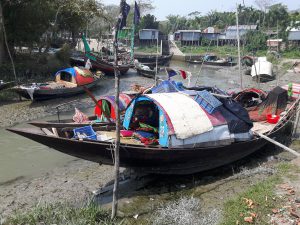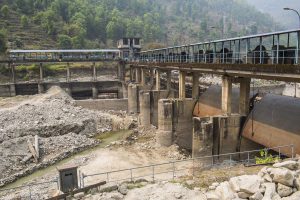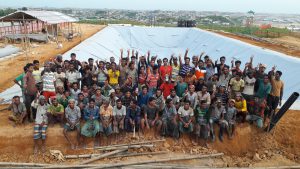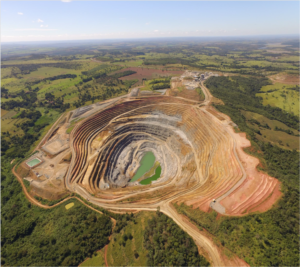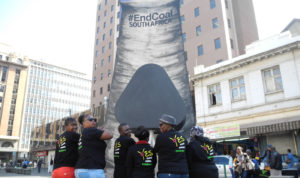A new bridge over the Kosi in north Bihar was inaugurated recently with much fanfare by the state and central governments and named after former Prime Minister Atal Bihari Vajpayee. It was declared to be the culmination of a plan to improve connectivity in north-eastern Bihar and bring much needed economic activity to the region. Local residents are afraid it will do the opposite because it has raised the risk of higher flood surges.
As soon as it reaches the plains from the Himalayas, the Kosi is a highly braided river, flowing in various channels with large sandbanks in between. The engineers tasked to build Atal Setu found a width of 14 kilometres between the points the river had reached during high floods. Since the plan did not have provision for a 14-km-long bridge, they decided to progressively constrict the water flow instead.
So the engineers built embankments on both ends that progressively sloped towards each other, bringing the width from 14 km to two by the time the Kosi flows under Atal Setu. So a very large volume of water flows through a relatively narrow channel. Then, immediately downstream of the bridge, there is no jacketing any more, so all the water and the silt it carries can spread out again. People living in villages immediately downstream of Atal Setu are the most scared, since they can foresee the river flooding their farms and homes after every heavy monsoon.
Residents and a number of local NGOs have been protesting, but to no avail.
A short history of constriction
The transboundary river Kosi (spelled Koshi in Nepal) is one of the largest tributaries of the Ganga. Some of its tributaries start in Tibet and all the branches flow through Nepal before coming together just upstream of the Nepal-India border and joining the Ganga in Bihar. The Kosi provides a significant part of the water in the lower Ganga and its distributaries in Bangladesh and India.
See: The Koshi River: a journey down the lifeline of Nepal
The Kosi has always been a capricious river – around 200 years ago, it flowed so much further eastwards that it joined the Brahmaputra and not the Ganga. It has moved around so much and flooded the plains just south of the Himalayas so many times that it was dubbed the “sorrow of Bihar” in the days of the British Raj.
From the 1920s (if not before that) there was a debate among British irrigation and flood control engineers on what to do about it. Many engineers wanted to build embankments to channel the river. Others recognised that this approach taught in civil engineering textbooks written from the experiences of rivers in Europe and North America would not work – the Himalayas were the world’s youngest mountain range, so still crumbling, so the rivers were bringing down far more silt that in other parts of the world; plus almost all the annual rainfall came between June and September, so the rivers had huge seasonal water flow variations. An additional problem is that the rivers have a very steep gradient coming down the mountains, but as soon as they hit the almost flat Gangetic plains, they spread out.
Shortly after India became independent in 1947, the engineers who wanted to build embankments got their way. For the last 61 years, their handiwork has created a situation in which small floods are controlled, but the riverbed keeps rising because the silt cannot spread, big floods breach and top the embankments every few years, the land between the arms of the river has lost its productivity due to absence of fresh silt and cannot get rid of floodwaters because it is effectively a bowl with the embankments being the rim.
The worst affected have been residents of the 380 villages in Bihar and 36 villages in Nepal who found themselves trapped between the river and the embankments. Compensation packages did not work, protests turned violent and were suppressed with brutality, debates in the state assembly led nowhere, courts kept asking questions without getting answers, irrigation and flood control engineers in the state and central governments remained convinced their way was the best, there were clashes between people living inside and outside the embankments – which suited the politicians because they used the differences as an excuse for inaction.
Power play
The situation around the Kosi has been much studied and debated, especially since the most recent big flood of 2008.
See: A dammed history of the Koshi
Researchers have studied the hydrology, the ecology, agriculture, other potential livelihoods, the settlement pattern and the political economy of the region, among other subjects.
There have also been efforts to get the residents and local NGOs in India and Nepal together to start solving problems at the local level without waiting for the governments to act. There are some initial success stories there, but the NGOs feel that the authorities have to be involved if the solutions are to work at wider scales. They are thinking of taking the authorities to court in both India and Nepal if nothing else works.
See: Koshi victims may have no option except courts
Independent research organisations and NGOs Gorakhpur Environmental Action Group and ISET-Nepal have been conducting a joint political economy analysis in the region, on both sides of the border.
Based on their detailed interviews with local residents and NGOs, the researchers have formed a matrix that maps the power and interest situations of different groups involved in the Kosi situation.
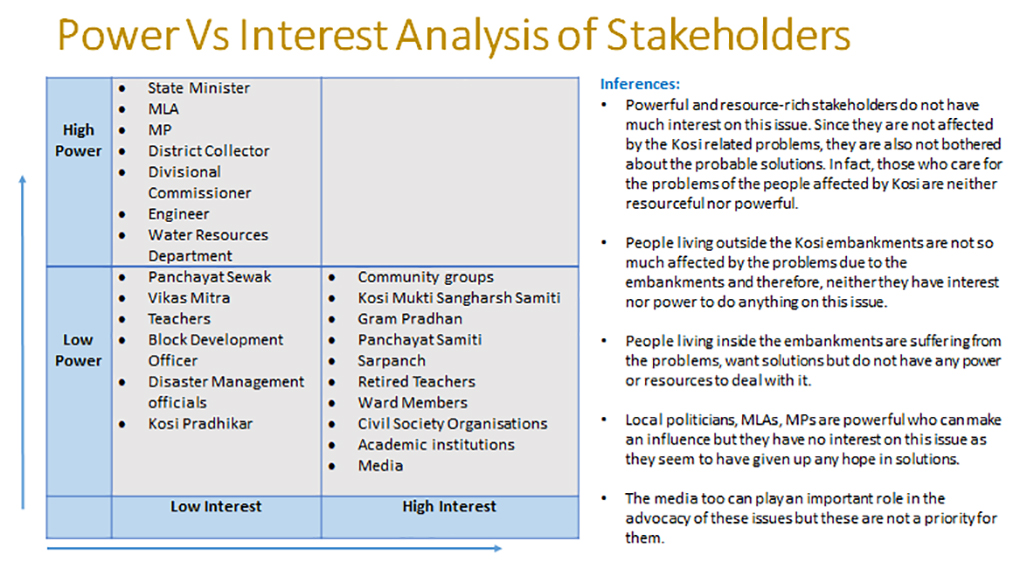
Perhaps the most interesting cell in the matrix is the empty one, which shows the residents’ perception – there is no group of people with high power who have a high level of interest in their plight.
Very little will change on the ground until the situation – and the peoples’ perception of the situation – change.

